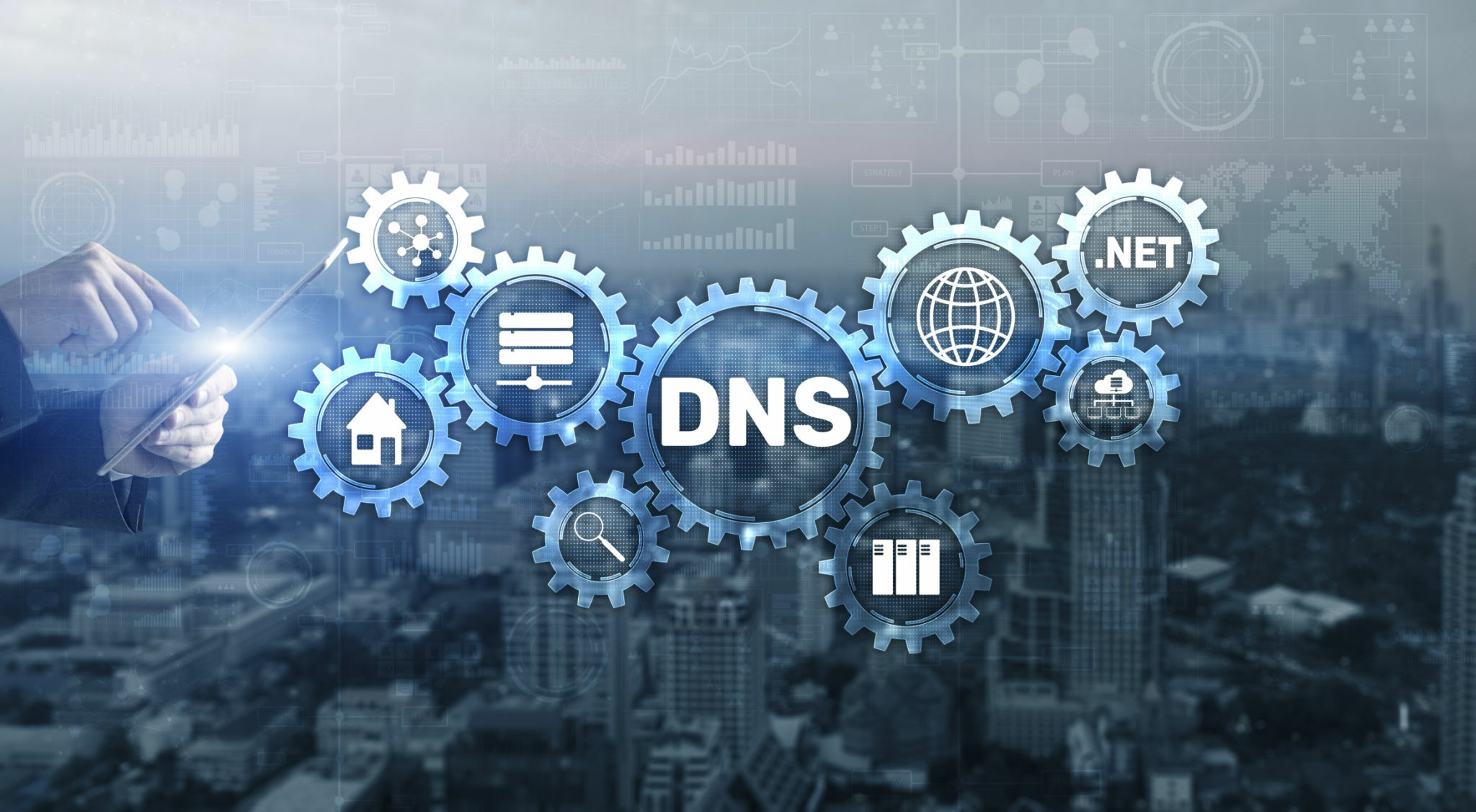A domain network is more than just a technical term; it’s an ecosystem of connections, partnerships, and changes that can affect the future of organizations and the lives of specific people. A domain network is also a group of systems, people, or devices that use the same network resources and rules. It gives a way to break up an extensive network into smaller parts that are easier to handle. By learning more about how domain networks work, their different types, and some examples, you will be better able to use them.
What is a Domain network?
The first piece of architecture that is used to set up the utility network is the domain network. They let you model significant parts of your system that are logically different from each other. During the setup stage of a utility network, the administrator sets up the domain networks.
All domain networks have five classes: Device, Line, Junction, Assembly, and SubnetLine. These classes are added to your utility network. Your network assets are stored and modeled using four of these classes. The system takes care of the SubnetLine feature class, which makes subnetwork maps (circuit and zone maps).
When you make a domain network, you choose the tier description and the type of subnetwork controller. With these features, you can decide how tiers and tier groups are set up and how traffic flows through that part of your network.
How does a domain network work?

A domain network, also called a network of domains, is a group of websites, platforms, or other online entities that work together because they all have the same theme, interest, or goal. This is how most domain networks work:
Same subject or interest
A domain network starts with a theme or interest that all of the websites or organizations that are part of it share. This could be about a job, hobby, subject, or area.
Creating and Setting Up
Each domain in the network has its own website or online tool that it keeps up. These areas can belong to different people, groups, or organizations. Setup can include websites, blogs, forums, social media pages, or other online presence.
Crosslinking and Working Together
In the network, the domains work together by linking to each other’s information. Crosslinking is when you put links on one domain that lead to relevant information on another domain on the same network. This makes it easier for users to find related material and strengthens how the web is linked.
Sharing of content
Members of a domain network often share content, tools, and information. This can include guest blog posts, articles, videos, podcasts, or other relevant material. Sharing material helps the network reach more people and shows what each domain offers.
Getting involved and talking
Members of the domain network comment on, like, share, and talk about each other’s material in different ways. This exchange builds a sense of community and makes people more likely to work together.
Bringing people together
Over time, the network of domains turns into a virtual community where people or organizations with similar interests can join, talk to each other, and work together. This feeling of community makes people more loyal and encourages them to stay involved for a long time.
SEO (Search Engine Optimisation)
SEO can be helped by crosslinking and working together within a site network. Search engines know that the network is connected, which could lead to better search rankings and more exposure.
Both Parties Grow
As the domain network grows and becomes more well-known, each domain benefits from the group’s work and attention. Members can use the network’s reach to spread ideas and reach their goals.
What are examples of domain networks?
Domains work together, link, and talk to each other to make a more complete and connected online presence. Domain networks include the following:
- WordPress Multisite Network: WordPress has a ” multisite ” feature that lets users build a network of websites linked to each other. One WordPress installation creates this network. Each network website might have a subdomain or directory for distinct interests or aims.
- Blogging Communities: Blogging communities like Medium or Blogger run a network of blogs that cover a wide range of topics. Writers in these groups can follow each other’s work, comment on it, and help each other.
- Online Forums and Communities: Websites like Reddit, Stack Exchange, and Quora have networks of forums and communities where people can talk about things that interest them, ask questions, and share knowledge.
- E-commerce Marketplaces: Websites like Etsy and eBay are examples of e-commerce platforms that bring together sellers and buyers interested in unique or hand-made goods.
- Educational Platforms: Online learning platforms like Coursera, Udemy, and Khan Academy connect people interested in different topics to a network of courses and educational resources.
- Professional Networks: LinkedIn is a professional network where people can connect, share their knowledge, and build business relationships.
- Streaming music: services like Spotify and SoundCloud bring together musicians, artists, and fans who like the same theme.
Types of Network Domains
Local Area Network (LAN) Domain
A LAN domain is a network domain that includes a local area network in a small area, like a building, school, or office. It usually consists of devices, servers, and resources linked to each other and managed locally. Internet is usually the primary networking technology in LAN areas. For network contact and finding help, they can use protocols like TCP/IP (Transmission Control Protocol/Internet Protocol), DHCP (Dynamic Host Configuration Protocol), and DNS (Domain Name System).
Wide Area Network (WAN) domain
A WAN domain is a network domain that covers a large area and often connects several LANs or faraway sites. It lets people in different parts of the world talk to each other and makes it easier to share resources and data across a more considerable network infrastructure.
WAN areas often use technologies like leased lines, MPLS (Multiprotocol Label Switching), and VPNs (Virtual Private Networks) to connect different places. In WAN areas, BGP (Border Gateway Protocol) is used for routing, and IPsec (Internet Protocol Security) is used to send data securely.
Virtual Local Area Network (VLAN) domain
A VLAN domain is a logical grouping of devices within a LAN based on areas like area, function, or security needs. VLANs let you divide networks without having to separate them physically. This means that different VLANs can use the same physical network hardware.
VLAN domains make networks safer, improve how well they work, and make it easier to control networks. Logical grouping makes it easier to manage the network by isolating broadcast areas and using network resources best. VLANs are set up using VLAN tagging protocols like IEEE 802.1Q, which adds a VLAN identifier to Ethernet frames to link them to a particular VLAN.
Also Read: Small Business Marketing Consultant
Conclusion
Domain networks connect people, businesses, and ideas into a digital fabric of collaboration and creativity. Domain networks let you make meaningful relationships, increase influence, and succeed in the ever-changing digital world. As you build domain networks, remember that success comes from contributing to the expected growth of the interconnected web of possibilities.

